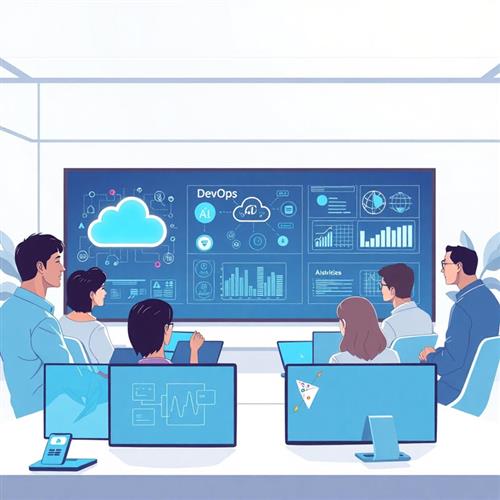Freedom of ERP Deployment Choice—A Tale of Two Companies (Part 4)
This blog post is part four of a five-part series, entitled ‘A Tale of Two Companies’. In this series, we explore the different hypothetical experiences of two fictitious companies as they upgrade/change to new ERP systems.
- View the introduction to ‘A Tale of Two Companies’, here.
- View previous blog posts in this series: part one | part two | part three
In Company Z’s ERP evaluation and selection process, the head of operations hadn’t factored in the potential benefits of a cloud deployment and was unaware that its system did not facilitate changing the deployment method post-implementation.
“We can’t afford a dedicated IT security expert, nor can we afford all these new hardware items,” said Company Z’s CFO in response to the head of operations’ latest round of requests. “Surely, given how much we are spending on this new ERP system the vendor can move it to the cloud?” she added.
Head of operations explained, “We felt comfortable knowing our servers were locked up in the IT room. At the time, an on-premises deployment gave us peace of mind. However, I now recognize that we are, in fact, likely to be at more risk than we would in a software as a service (SaaS) environment, particularly as we don’t have a dedicated IT expert on staff.”
The direct and indirect costs of Company Z’s ERP software servers and backup systems required a six-figure investment. As it is almost three-years since implementation, the servers and backup systems need to be replaced with equally expensive ones.
“Had we known that we could avoid the need for infrastructure investment, we probably would have deployed in the cloud,” the head of operations said.
Meanwhile, Company A can move freely between different deployment models
Company A’s vendor offers flexible deployment options. Therefore, even though Company A deployed in the cloud, it can still choose to move to an on-premises model at any stage.
“Our cloud offering is functionally identical to what the on-premises deployment option was. This gave us the ability to embrace the cloud on our terms, and be able to adapt our deployment model as our needs change,” said Company A’s operations director.
“In researching our options, we found that when compared with most traditional in-house implementations, a public cloud would provide greater security. Alongside the knowledge that our vendor would handle the management of the systems, releases, and updates, we could rest assured that our system will remain protected, up to date, and functioning at an optimum level.”
As leading cloud providers today deliver best-practice services including complex encryption, intrusion detection, and redundancy, Company A did not believe that it could match such capabilities with its internal team.
“Even if our IT staff were able to match it with the leading cloud providers, we felt that their time would be better spent on more strategic, value-adding activities, rather than IT administration. Do what you do best and delegate the rest, that is what I always say,” added Company A’s operations director.
Whether you are looking for your first ERP system or upgrading from an existing system, the evaluation, selection, and implementation process are all extremely important for your company’s future success.
Continuing reading: A Tale of Two Companies Part 5: ERP Software Functionality and Configuration





















